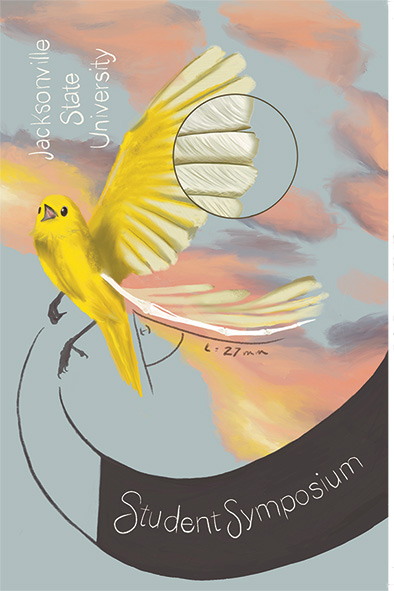
A Comparison of Xenopus laevis and Ambystoma maculatum Embryos for Determining the Developmental Toxicity of Sodium Fluoride and Sodium Selenate
Date
2-14-2023
Faculty Mentor
James Rayburn, Biology
Loading...
Files
Submission Type
Paper
Location
11:00-11:10am | Houston Cole Library, 11th Floor
Description
Amphibians are often the main vertebrate group at risk of exposure to contaminants in ephemeral systems (Mann 2000). Both model species and native species are used for determining risk to amphibians. Xenopus laevis is a model species for development toxicity and has been used successfully for estimated the developmental toxicity of chemicals and mixtures. Their embryos are transparent which allows the observation of malformations. Ambystoma maculatum is a native salamander that has been shown to show promise as species that can be tested in the lab. Xenopus and Ambystoma were used to determine the toxicity of sodium fluoride and sodium selenate. Sodium fluoride is an environmental pollutant source widely existing in nature. Sodium selenate can be found in nature as organic and inorganic forms and is used in fertilizer, insecticide, and fungicide. The assay uses multiple serial dilutions to determine how toxic the chemicals could be to the amphibians. Xenopus assay lasts 96 hours while Ambystoma assay lasts 12 days. Within the assay, 20 embryos for Xenopus were placed in small petri dishes. Ambystoma uses 10 embryos in large deep petri dishes. Throughout the assay mortalities were counted for each day. Mortalities and Malformations were counted on the last day of the assay and embryo length were measured. Means, Standard error, probit analysis (for LC50 and EC50(malformation)), ANOVA and Bonferroni’s post hoc test were calculated using Systat. The teratogenic potential was calculated using the formula 96-hr LC50/96-hr EC50(malformation). Selenate was more toxic than fluoride. However, high concentrations of fluoride exposed embryos die earlier than selenate exposed embryos. These assays will help prove the toxicity levels of sodium fluoride and sodium selenate towards amphibians.
Keywords
student research, biology
Rights
This content is the property of Jacksonville State University and is intended for non-commercial use. Video and images may be copied for personal use, research, teaching or any "fair use" as defined by copyright law. Users are asked to acknowledge Jacksonville State University. For more information, please contact digitalcommons@jsu.edu.
Disciplines
Biology
Recommended Citation
Wolfram, Shelby, "A Comparison of Xenopus laevis and Ambystoma maculatum Embryos for Determining the Developmental Toxicity of Sodium Fluoride and Sodium Selenate" (2023). JSU Student Symposium 2023. 13.
https://digitalcommons.jsu.edu/ce_jsustudentsymp_2023/13



